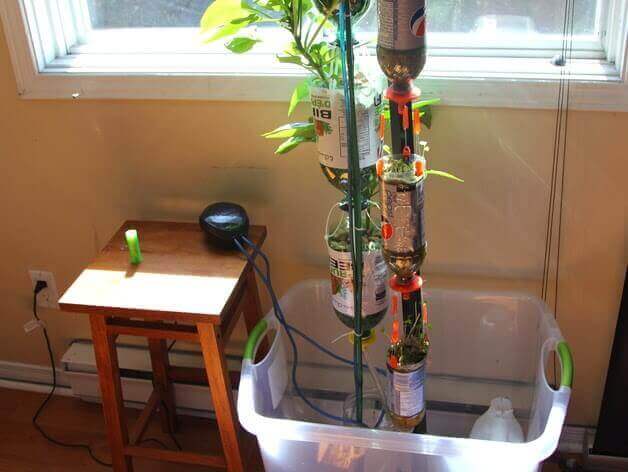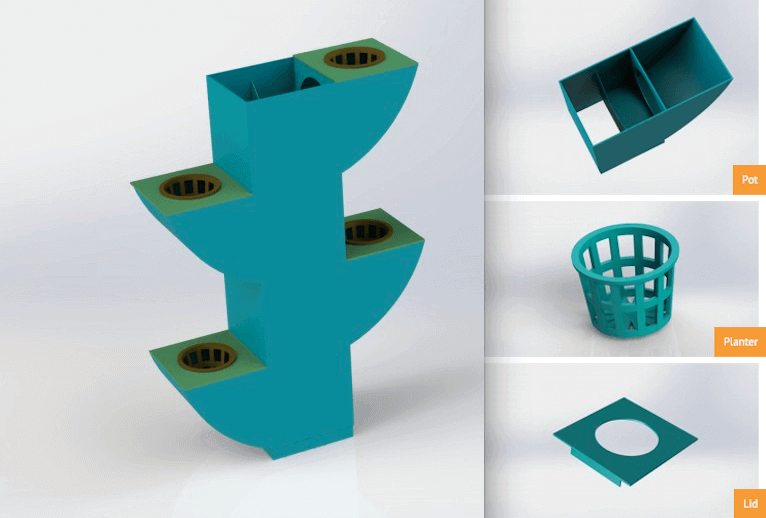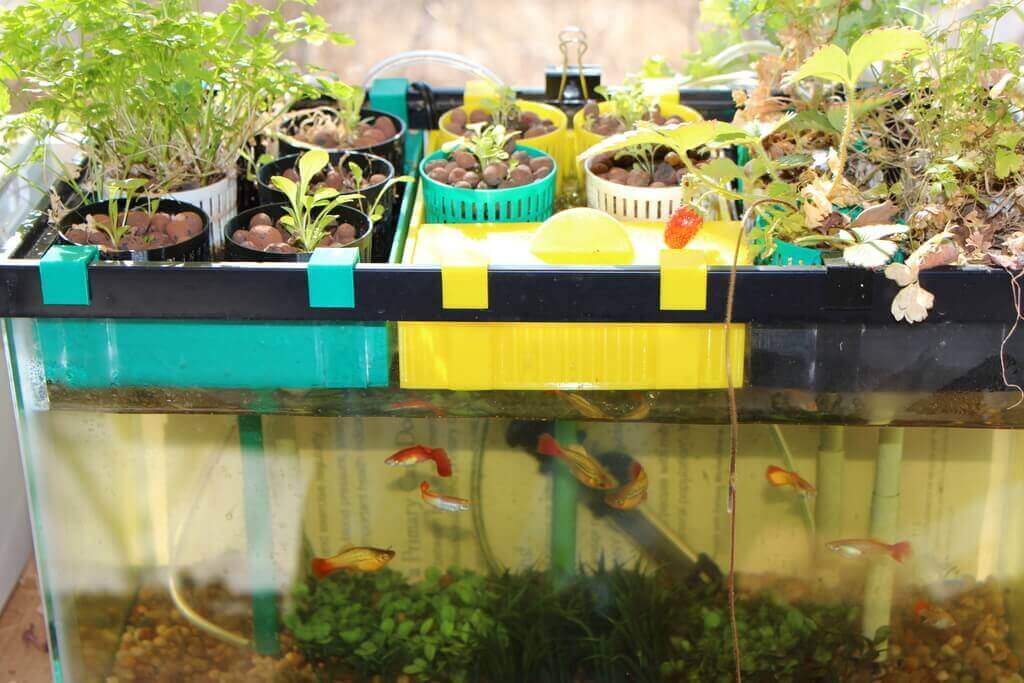Living in a big city, with concrete on all sides? Cultivate a bit of green on your windowsill with our guide to 3D printed hydroponics.
If you’re reading this, there’s a strong chances that you’re living in an large urban sprawl of city blocks and busy streets. No gardens, no fields, no farms. Depressing, isn’t it?
Why not try adding some freshly grown vegetables in your diet? It’s a little thing, but it makes a big difference, and can be done using parts printed on a 3D printer together with small scale hydroponics. Rejuvenate your balcony or windowsill with your very own tomatoes, peppers, cucumbers, herbs, and other vegetables.
But first things first. What are hydroponic food growing methods, exactly? According to Wikipedia:
“Hydroponics is a subset of hydroculture and is a method of growing plants using mineral nutrient solutions, in water, without soil. Terrestrial plants may be grown with their roots in the mineral nutrient solution only or in an inert medium, such as perlite or gravel.”
You basically use a container (or containers) filled with a relatively clean growth medium, without soil, and add water with nutrients. It’s a simple method, optimized for growth and plant disease prevention. It can be scaled up or down, suitable for both small micro-systems or big commercial production farms.
Here you can see a video showing a window home system:
The interesting thing is that many of the parts needed for a hydroponic growing system can be 3D printed, including growth containers themselves, plus different water supply parts like connectors, valves, junctions, or attachments. For the technically inclined, you can even 3D print a peristaltic pump for water circulation.
So which 3D printable projects should you consider for growing your own veggies? The most sophisticated comes from a company called 3DPonics.
3DPonics have developed a full set of open source 3D printable parts (50+ pieces) that you can use with standard plastic bottles to create various forms of hydroponic gardens. They also come with full instructions, a mobile application for customization of parts, and community website.
We reckon they’re one of the best projects to demonstrate the true potential of practical 3d printing — namely, distributed technologies for food production. If thousands of small micro-farms in your city block adopted these projects, just imagine the positive impact it could have on the environment and the economy.

Here you can see a 3DPonics system on a small flat balcony:
And for a detailed 3DPonics presentation:
Growing Medical Marijuana with Hydroponics
Besides fruit and vegetables you can also grow other plants with 3DPonics. Like, for example, medical marijuana. Yes you read that right. 3DPonics have released a system specially designed for growing weed. According to the announcement on their blog:
“One of our main goals with this new system is to give city dwellers an easy, compact and inexpensive way to grow their own weed. 3Dponics for Medical Marijuana is a modular garden that functions like any other drip hydroponics system–water is pumped from the reservoir to the top of the system and slowly but steadily drips continuously, there are just three parts–the pot, the planter and the lid–and they can all be customized, shared and downloaded for free on our website.”
You can learn more about it (and download the necessary parts) by visiting the link. And here’s the visual overview:

If you do consider using this system for growing marijuana, however, please first consider whether the local law enforcement agencies will have any objections…
Aquaponic System for Plants & Fishes
Elsewhere, if you’re looking for a simpler and smaller “micro” system, you can adapt a fish aquarium into an aquaponics growth cell. Based on these instructions from Thingiverse maker Theo1001, a standard 10 gallon home aquarium can be converted to grow small batches of salad or herbs, like so:

At some stage, you may have been wondering whether plastic containers used for 3D printing are safe to grow your food. All the sources outlined above claim that they are. And of course, you can source filaments for your 3D printer that are certified food safe, absent of any nasty chemicals to pollute your vegetables.
Not wishing to neglect this important topic, here are two useful resources about growing vegetables safely in plastic containers:
http://themicrogardener.com/choose-safe-containers-for-growing-food/
https://containergardening.wordpress.com/2013/07/07/are-plastic-containers-toxic-willem-van-cotthem/
That’s a wrap on our guide to growing veggies with 3D printed hydroponics. Hope the above is useful in your new adventures in gardening. Happy food growing!
License: The text of "3D Printed Hydroponics to Grow Vegetables (or Marijuana)" by All3DP is licensed under a Creative Commons Attribution 4.0 International License.